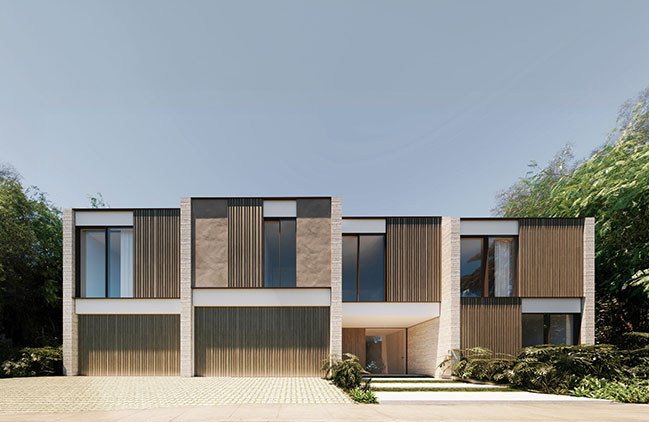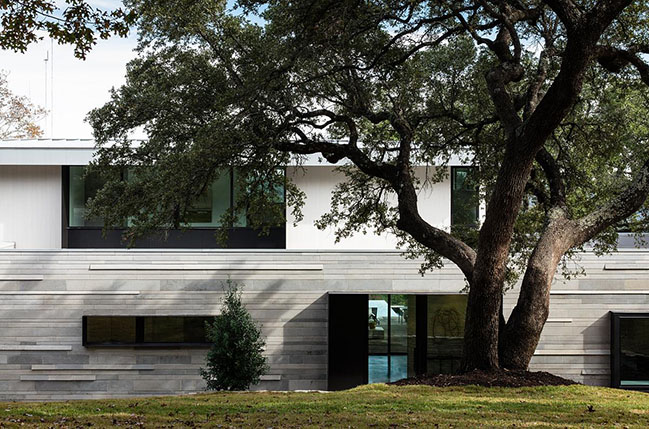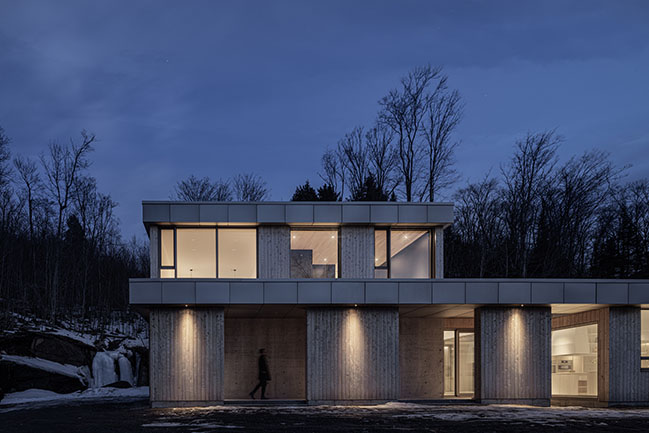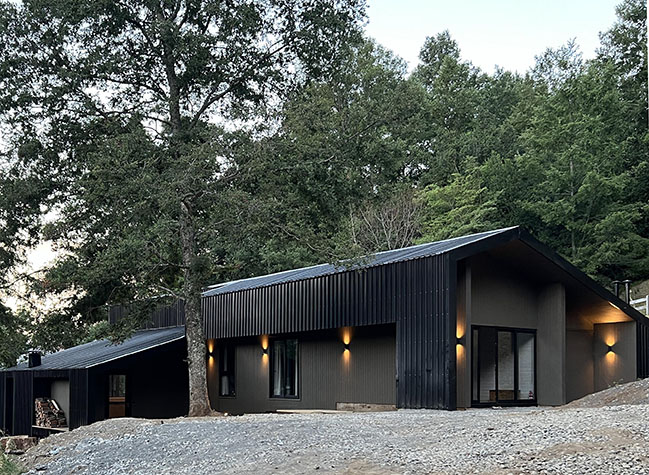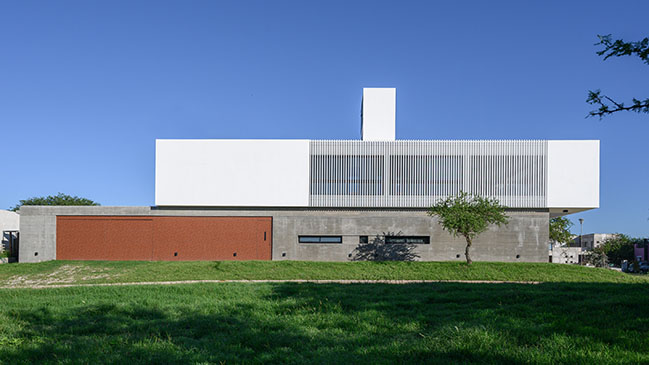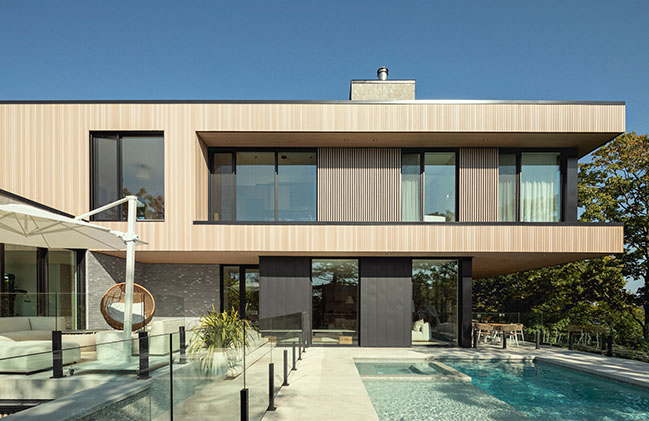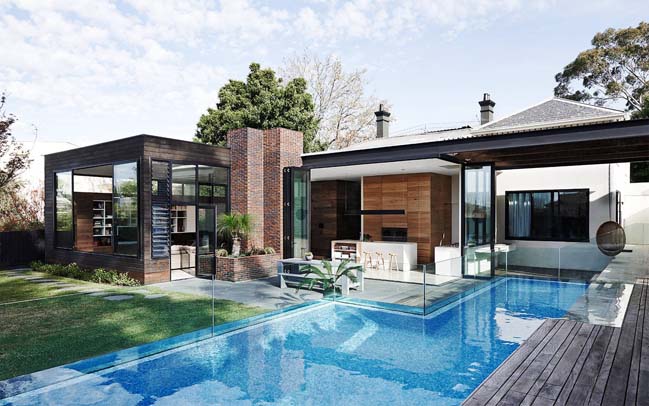05 / 15
2024
Spiegel Aihara Workshop (SAW) has designed the Kauhikoa Core House on the island of Maui, a two-bedroom home that appears as a tumbling set of forms settling gracefully into the landscape of its site, a former pineapple plantation...
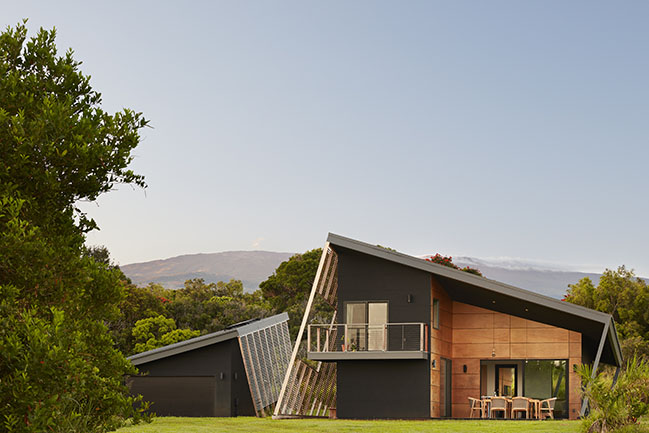
> Kohala Coast Residence By De Reus Architects
> Wine Country Barn By Malcolm Davis Architecture
From the architect: The house was conceived of by SAW as a “prefabrication hybrid”: a concept that starts with a standardized central core for a home’s most technically complex and traditionally expensive functions, such as bathrooms and mechanical equipment, and allowing for different methodologies of prefabrication or conventional framing to be built around it, freeing up the rest of the structure to respond simply and directly to its context. While Kauhikoa Core House was ultimately stick-built due to pandemic-related interruptions to the pre-fabrication process, the home is a successful prototype for the organizational principle of the “Core House” and the ease and efficiency it provides.
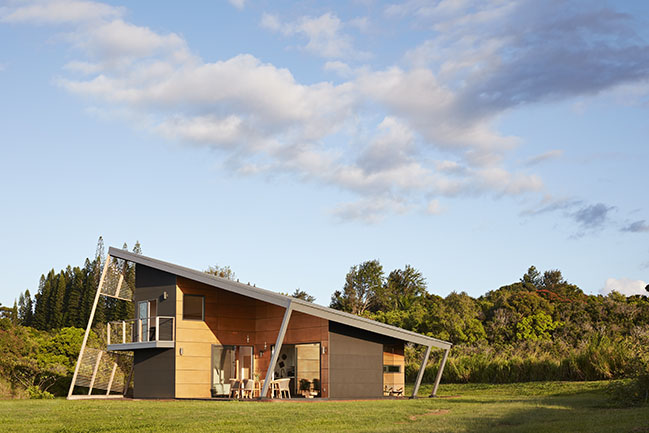
The 812-square-foot home was built for a couple who splits time between Indonesia and Maui. It contains two bedrooms, two bathrooms, living room and kitchen, an additional 236 sq feet of lofted work and storage space as well as an additional 1000 square feet of covered outdoor space, including a large lanai that functions as an outdoor living room connected to continuous smaller lanais. The 163-sf Core module, developed by SAW in collaboration with Dustin Stephens, holds the two bathrooms, kitchen sink and cabinetry wall, and mechanical systems; and is flanked by the two bedrooms on either side, centering the open kitchen and living spaces. The careful arrangement of domestic service functions within the core helps to choreograph and maximize open space and easy circulation throughout the rest of the home, and particularly allows for the distinct framing of the outdoor spaces as central to the couple’s lifestyle and supported by the Hawaiian climate. Says SAW co-founder Dan Spiegel, "The super-compact Core programs each room, just by its adjacency. It carries the DNA of the functions of the adjoining space. There's no need for anything in between - no hallways, no buffered transitions - just spaces of inhabitation, always embedded in the landscape on 3 sides."
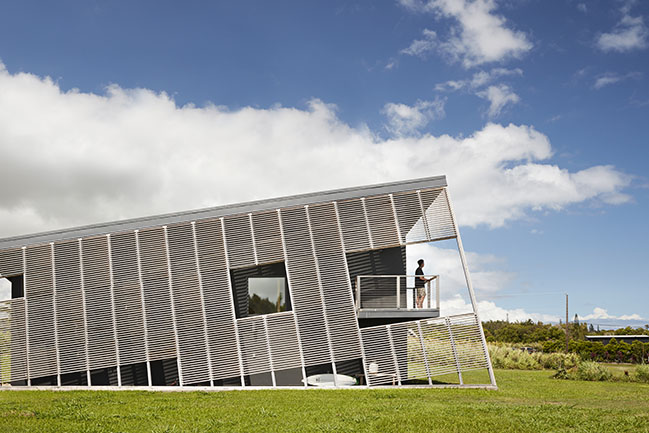
A striking, modularized screen system of rhythmically tapering pre-fabricated teak panels assembled in Bali, filters the strong eastern winds and morning sun, while providing a racking system for the implements of Hawaiian life: bicycles, surfboards, wetsuits, and beach chairs beside the outdoor shower, which is used as the primary shower. The shed roofs of the house and an adjacent freestanding 438-square-foot garage and recreation pavilion, are tilted off their axes like tumbling cubes, their forms playing off of one another to resemble a mountain landscape. For the house, the resulting roof overhang provides for the simple construction of the multiple continuous lanais, connected across the common space, and allowing for the lofted work space in the primary bedroom (with a balcony to capture the view), a storage loft integrated into the top of the Core, and the private, intimate, and the fully separable guest suite towards the low end of the slope, shielding the southern sun. All indoor and outdoor furniture, provided by the homeowners, were custom-made in Indonesia.
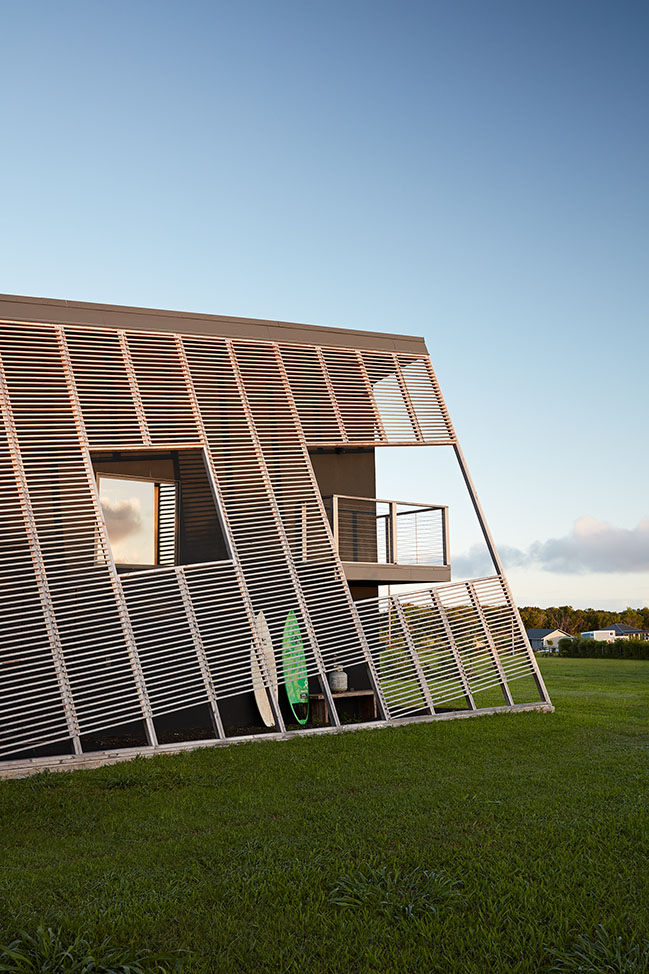
In the context of the landscape, the house perches towards the back corner of the lot against the densely forested edge of a gully, directing the primary living spaces outwards to views of the Pacific Ocean and Haleakala volcano in opposite directions, and opening up towards the sunset in the west. Its unique massing, the aforementioned tumbling set of forms, references the abstract movement of waves on the horizon.
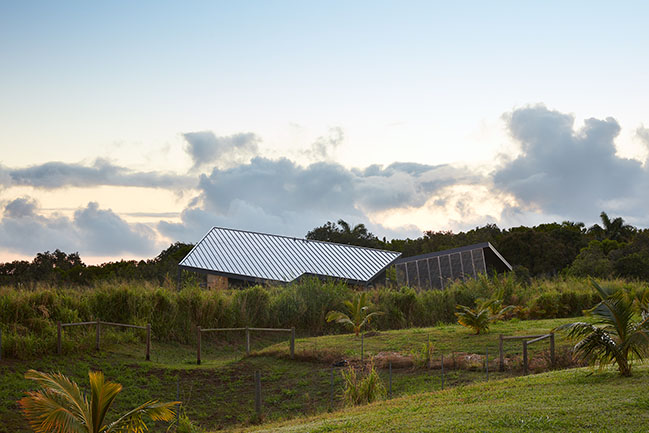
"The landscape here is so dynamic,” describes SAW co-founder Megumi Aihara. "Standing on the site, you can start to feel how the winds and waves carved and faceted the island from all directions. We felt it was important for the building to feel rooted, but also playfully engaging in this multi-directional transformation. The approach from the street suggests something unusual had settled there into the landscape. Then when you turn along the driveway, the building opens up to you and you see how it has come to deeply belong."
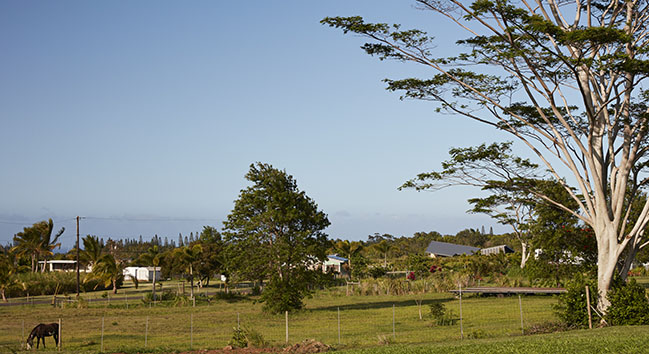
On Maui, where a scarcity of materials, limited labor, and construction complexity due to erratic weather can lead to expensive, low-quality housing stock, the Kauhikoa Core House is an example of an inexpensively built home that responds elegantly and progressively to its context, providing a model for high-quality design at an affordable price. Ultimately, says SAW co-founder Dan Spiegel, “It's a mix of high and low design - carefully calibrated spaces and site strategy, but low cost finishes and loose details. A few big, simple moves set everything up.”
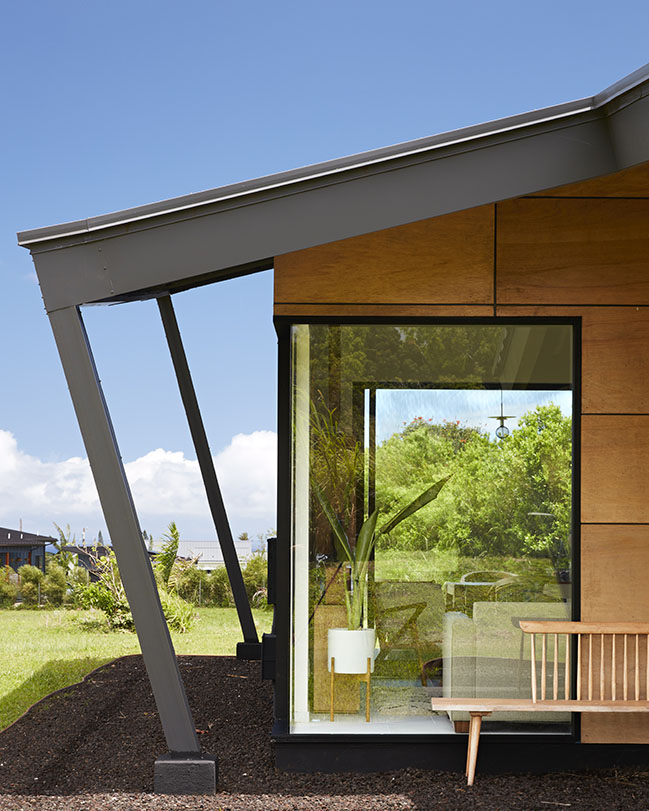
One of the homeowners, an avid surfer with an intrepid mindset, served as the general contractor and constructed much of the work himself. Enthralled by the process of reading the Hawaiian landscape through collaboration and design, he is now pursuing a graduate architecture degree at the University of Hawaii.
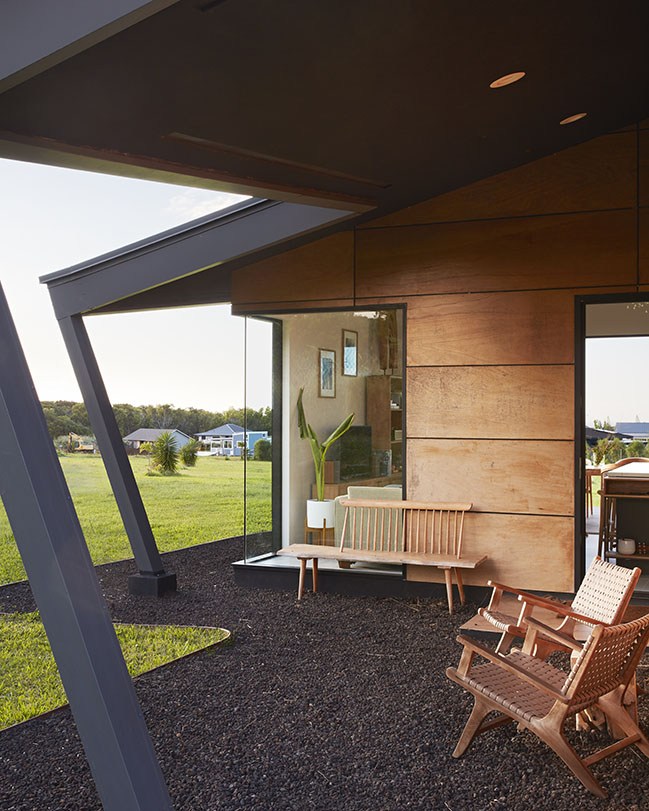
Architect: SAW Designs
Location: Haiku, Hawaii
Year: 2023
Landscape Architecture: SAW
Core Collaborator: Dustin Stephens
Structural Engineer: GFDS (Chris Wilson)
Photographer: Mariko Reed
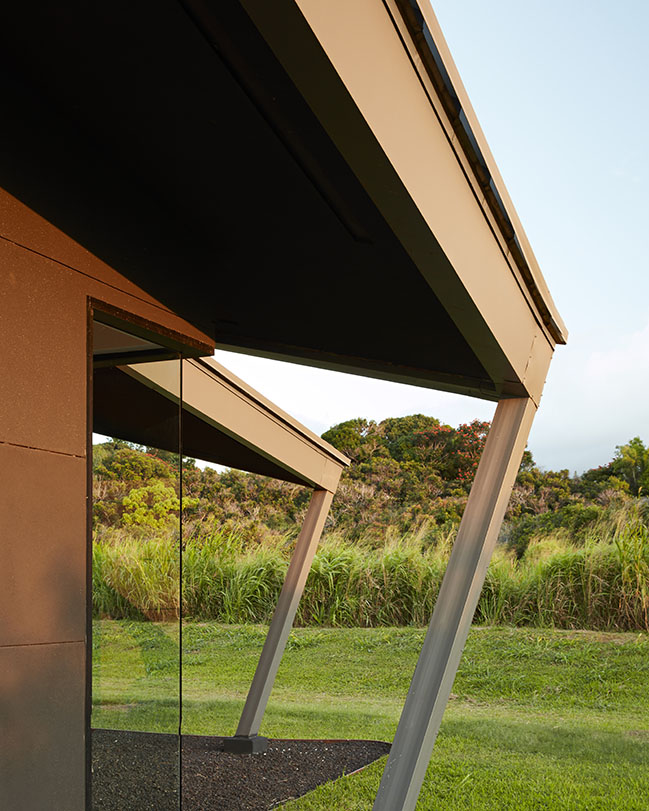
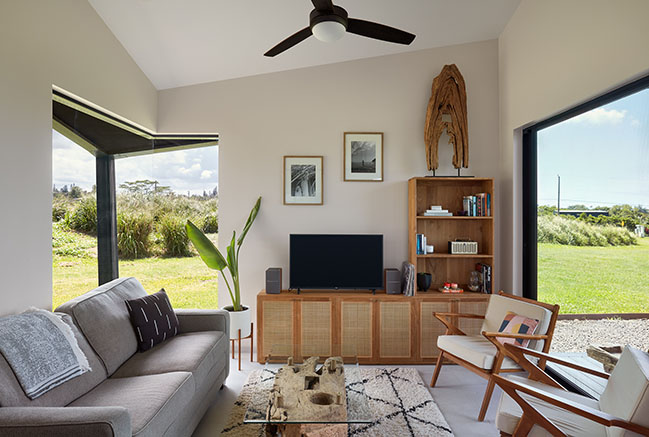
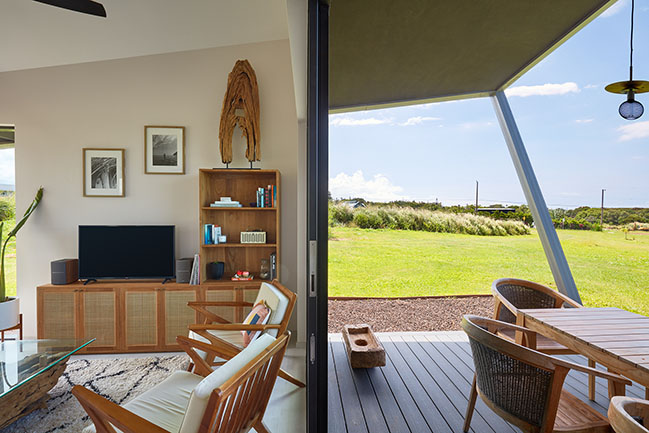
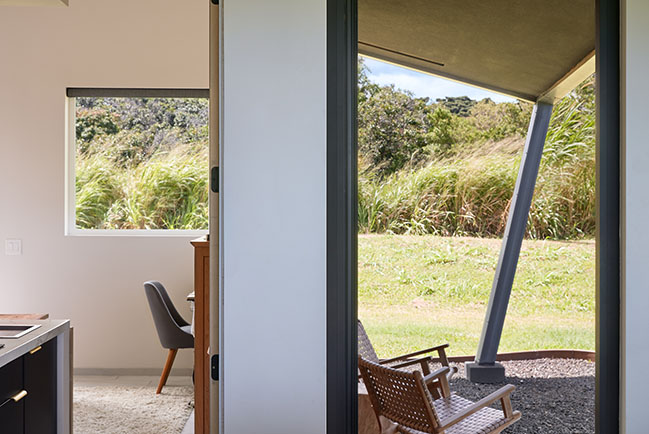
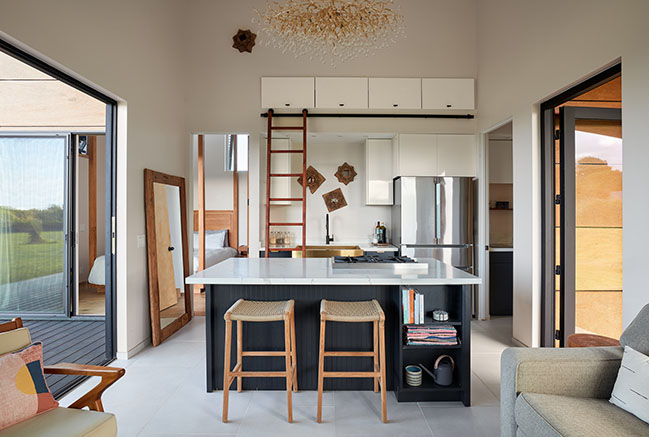

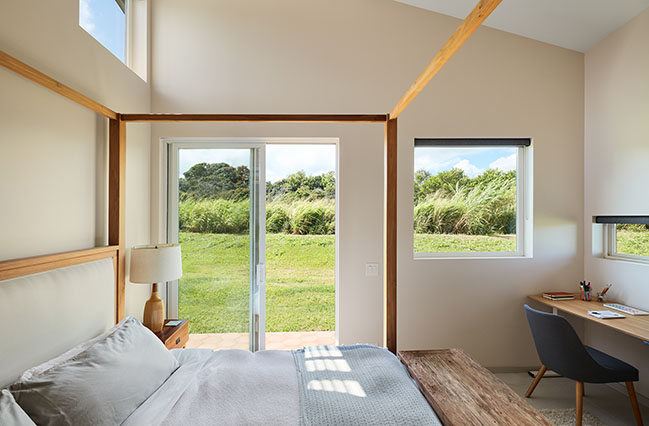
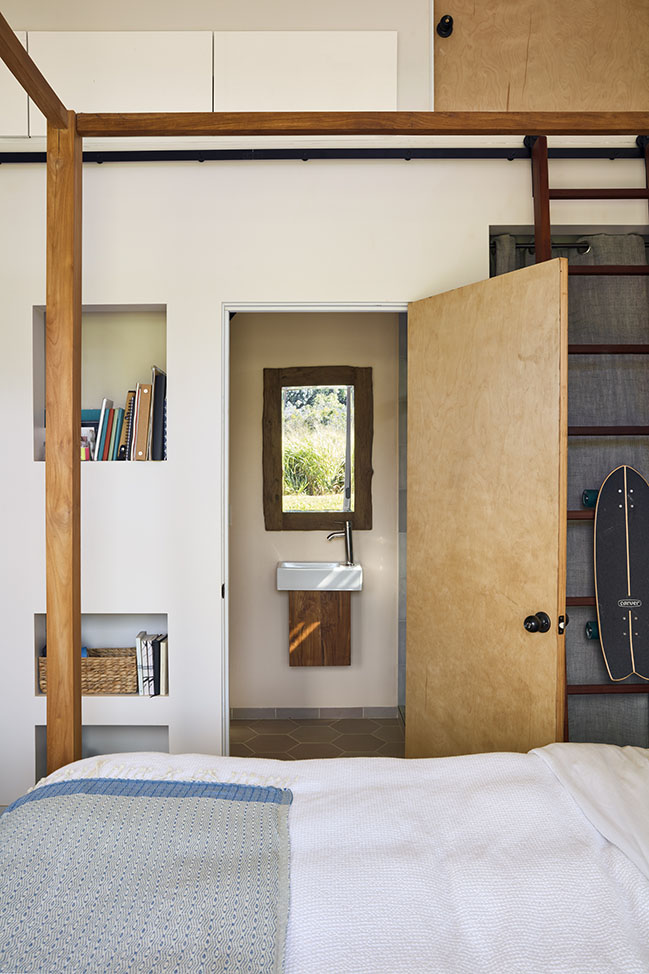
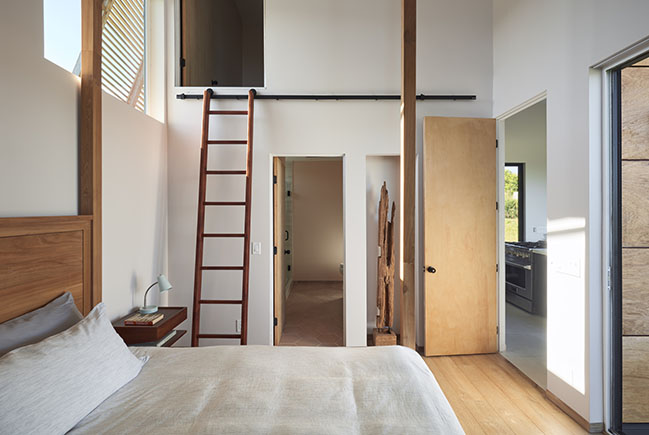
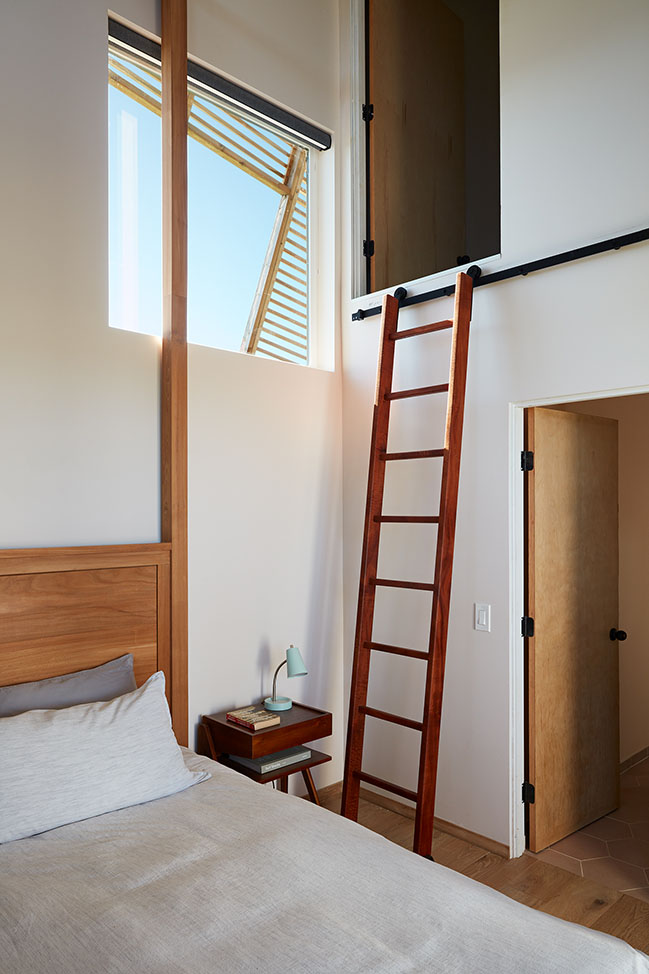
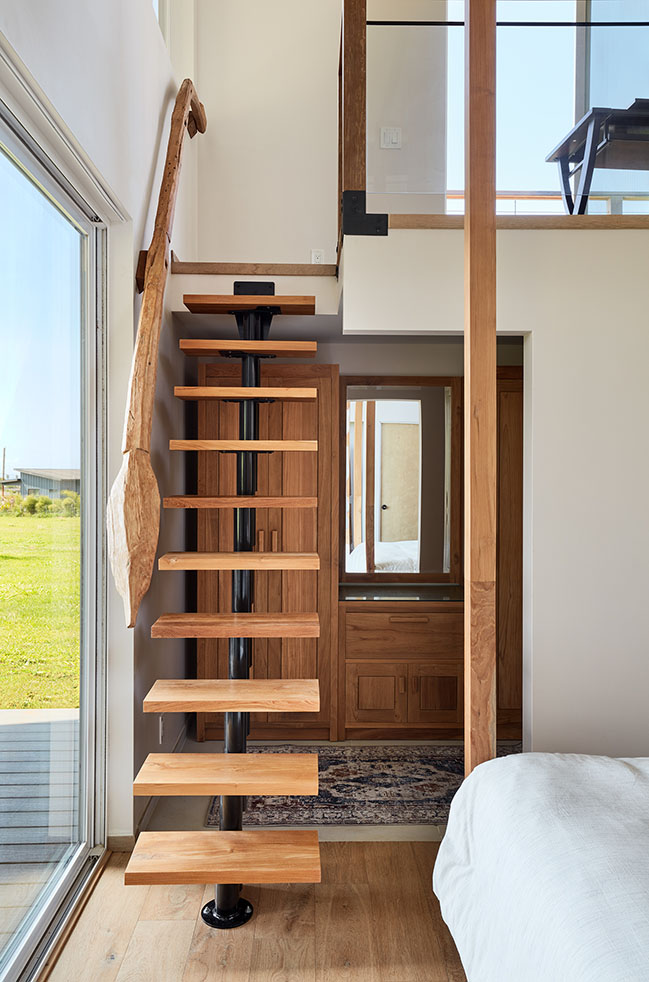
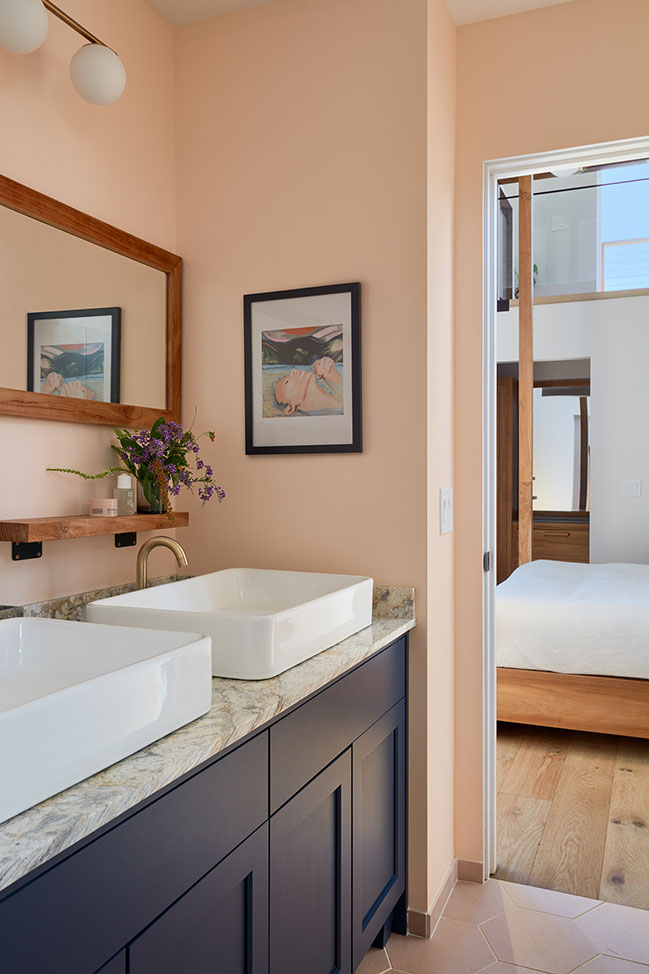

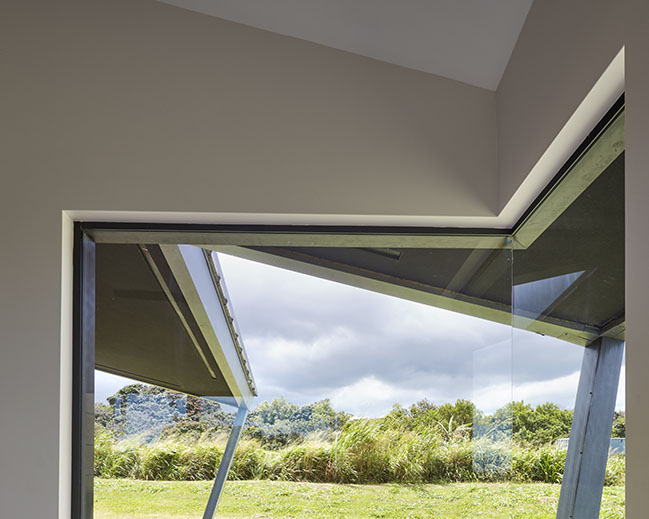
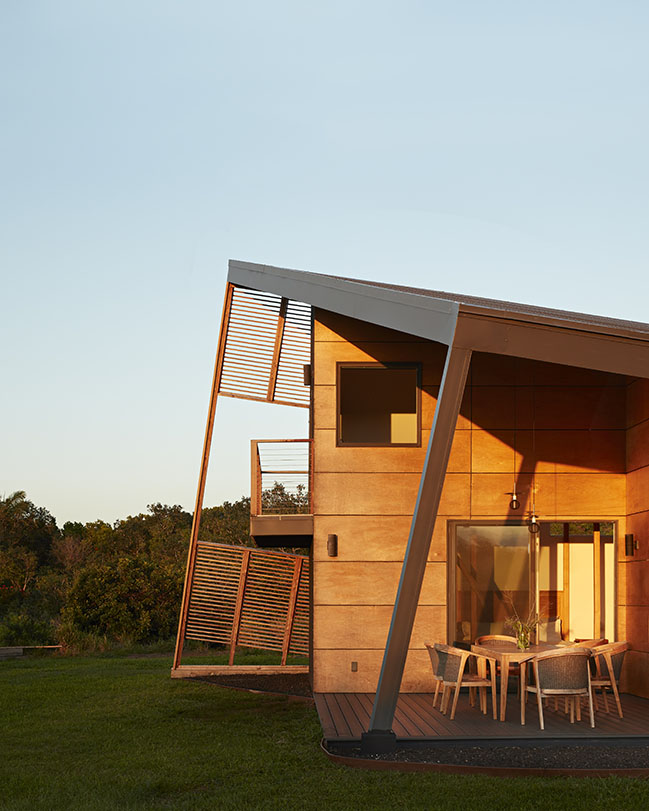
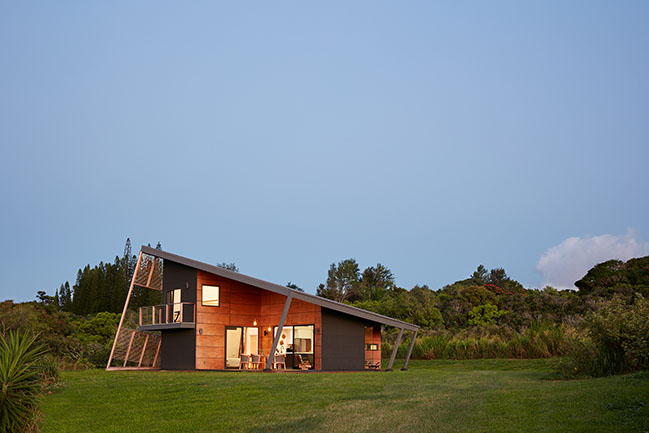
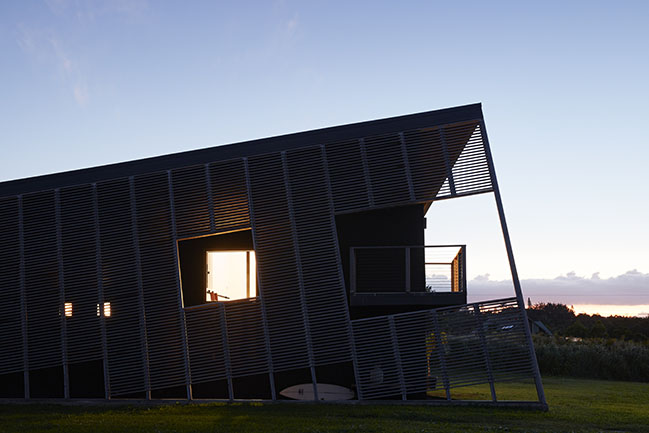
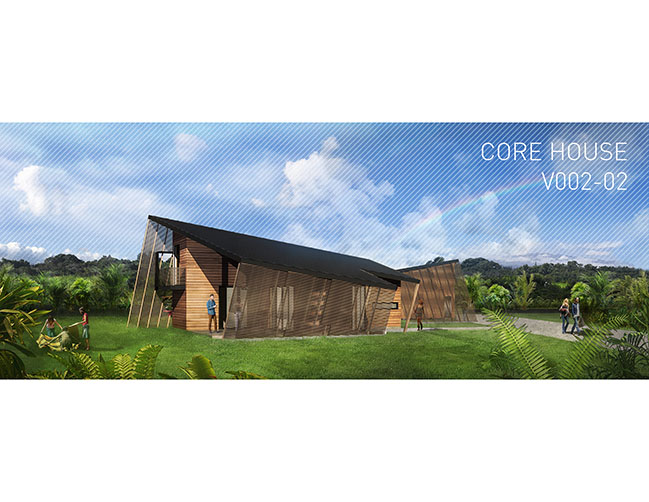
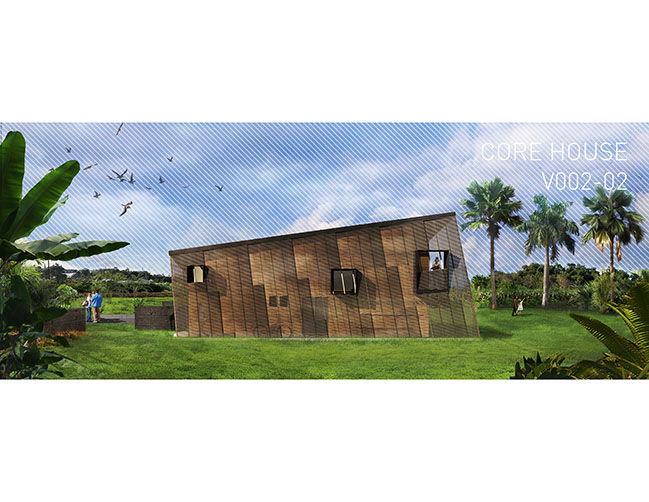
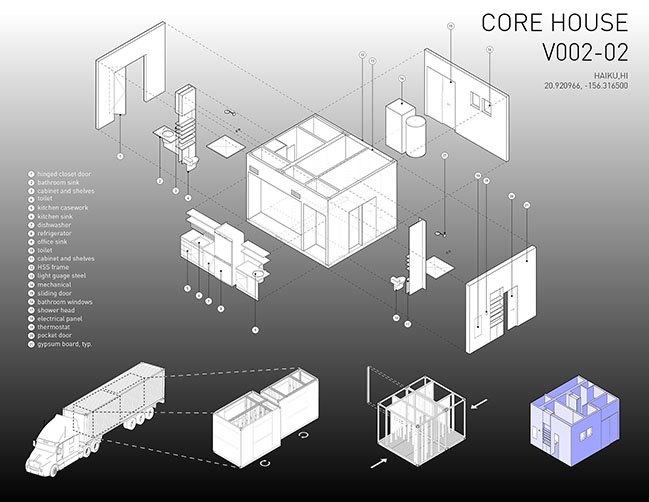
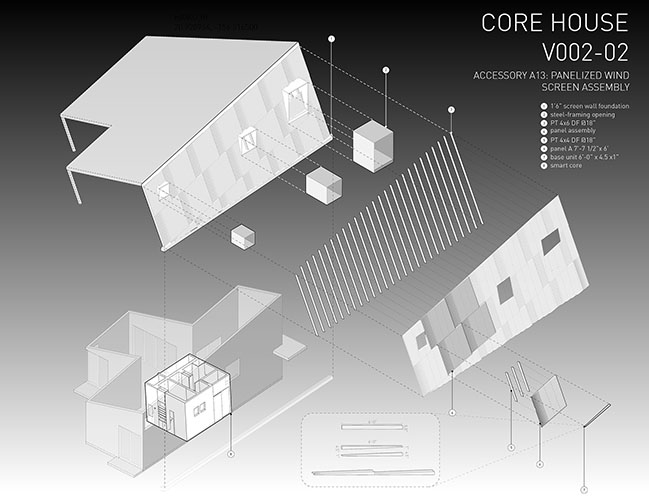
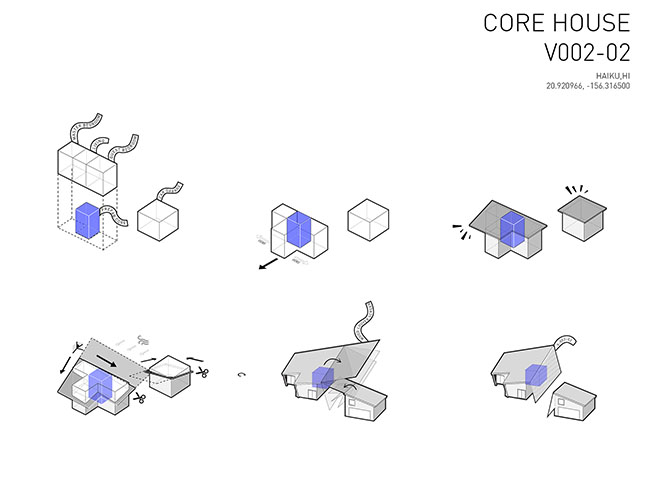
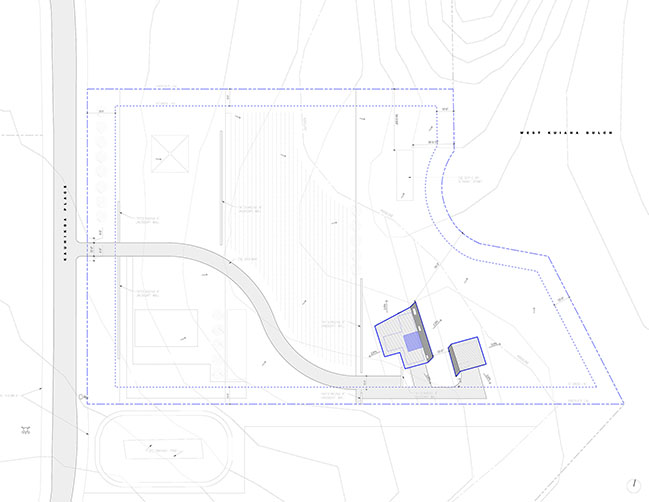
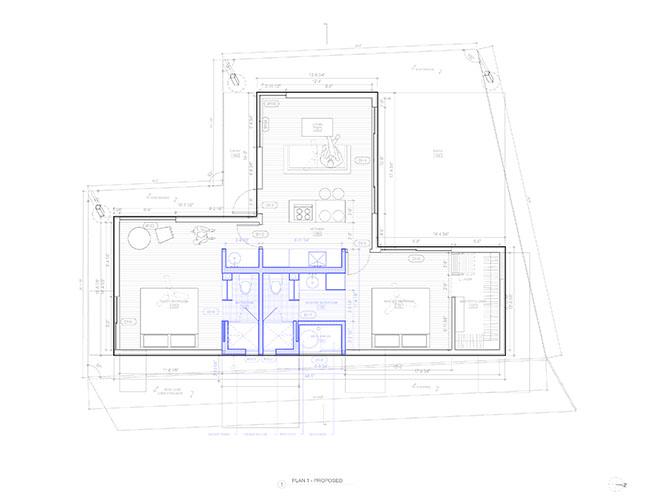
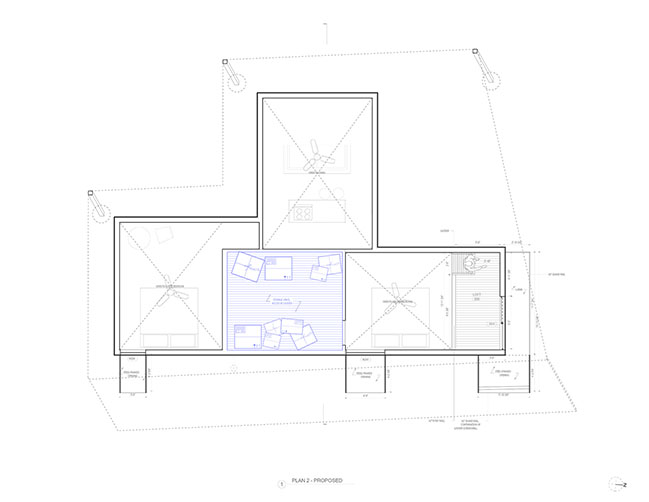
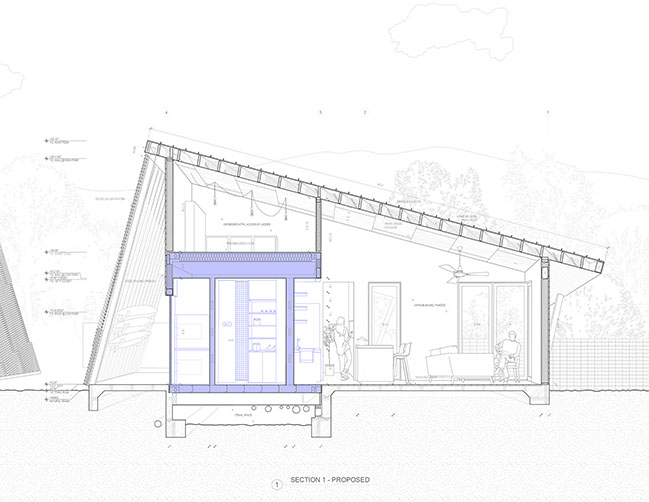
SAW Designs Kauhikoa Core House on the Island of Maui
05 / 15 / 2024 Spiegel Aihara Workshop (SAW) has designed the Kauhikoa Core House on the island of Maui, a two-bedroom home that appears as a tumbling set of forms settling gracefully into the landscape of its site, a former pineapple plantation...
You might also like:
Recommended post: Victorian house renovation by Robson Rak Architects
